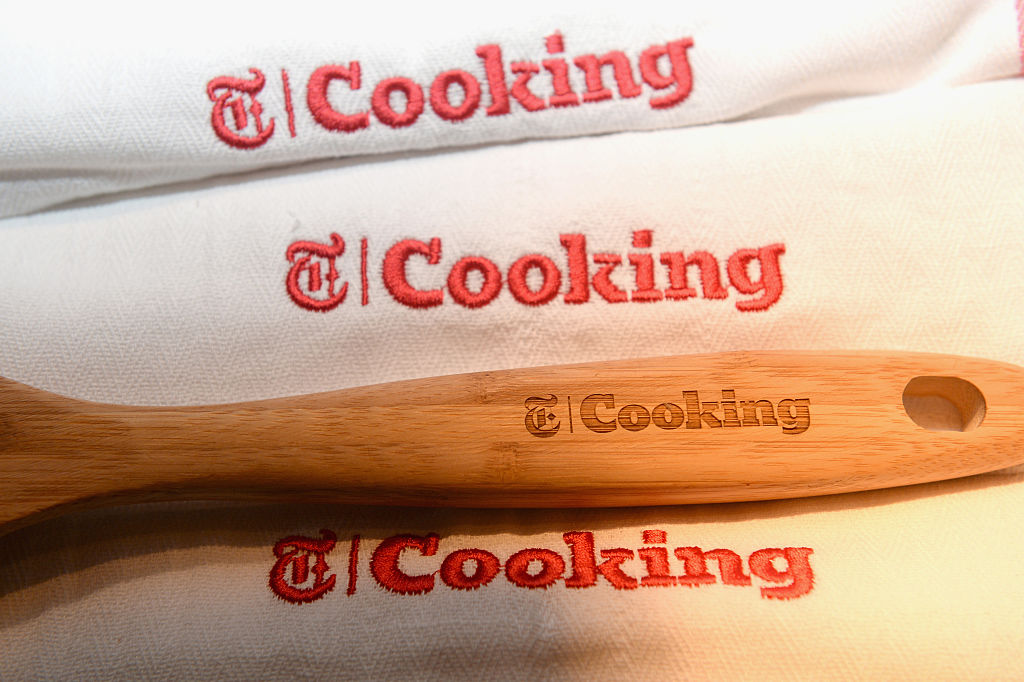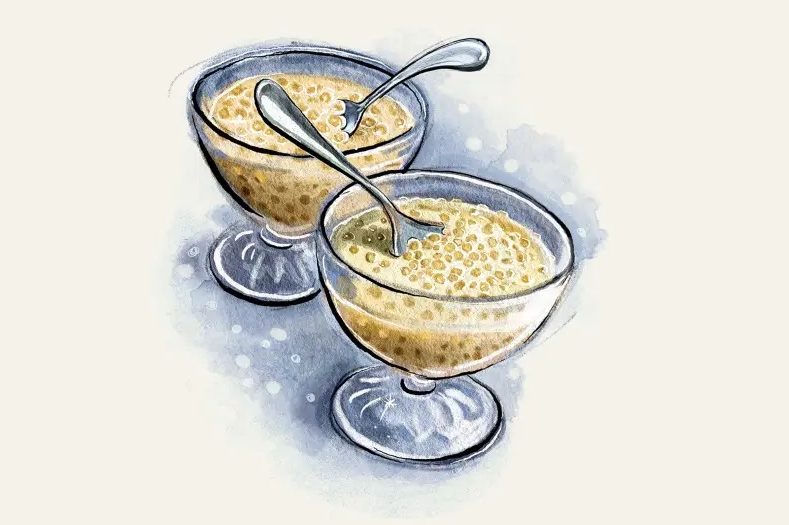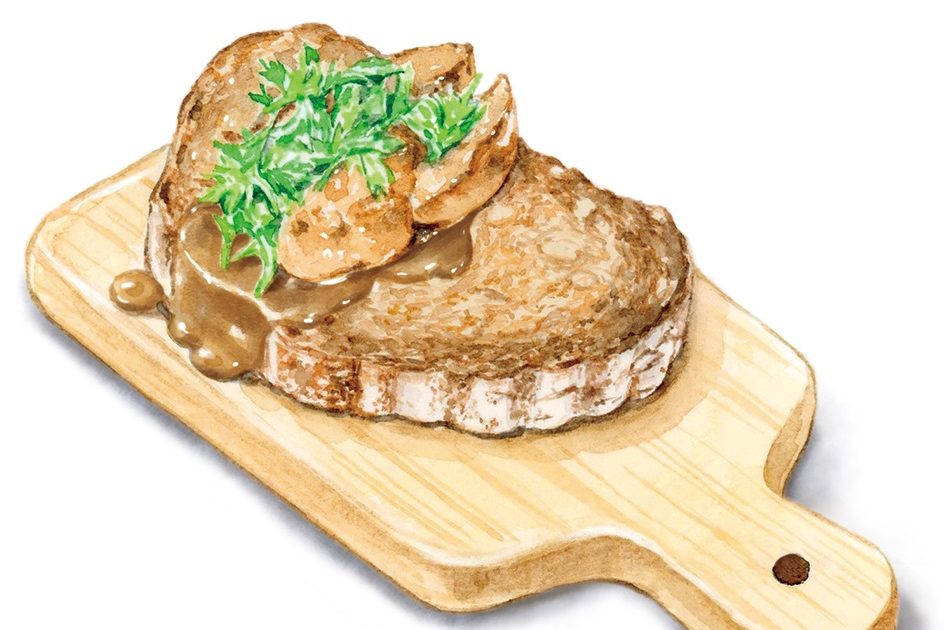The cardinal rule of the internet may be “never read the comments,” but in at least one corner of the web, the rule should be never to skip them.
I’m talking about the New York Times Cooking blog and app, the most-used resource in my kitchen. NYT has more than 20,000 recipes in its database. Many of them sport hundreds of “community notes” left by passionate home cooks. In my years using the app, I’ve noticed a few trends in the comments.
The most famous NYT Cooking comment annotates the classic recipe for Katharine Hepburn’s brownies. The commenter gushes about the recipe before veering into a story about sharing her brownies with a German acquaintance. The note ends with a twist: “Eventually, she moved to the US and stole my husband!” This note is the crown jewel in a proud tradition of Shaggy Dog notes, in which users share anecdotes with a loose tie to the recipe. One commenter on Gochujang Potato Stew reports spending four hours in the ER with her boyfriend, due to an ingredient allergy; nonetheless, “this stew slaps.” A commenter on Lemony White Bean Soup remembers, with barely suppressed hostility, the Saturday nights of his childhood when his mother, “drenched in Chanel #5 and a fur stole,” would go dancing, and the kids “were left with bean soup and the sitter.” The app isn’t free, but it’s cheaper than a therapist.
More common is the Recipe Rewrite. These comments leave a detailed account of changes the commenter made to the recipe, and they can be quite helpful for adapting a recipe to changing seasons, dietary needs or budgets. Rewrites often contain shortcuts or small enhancements: a squeeze of citrus, a final minute under the broiler. But they have a snarky, arrogant dark side: some Rewriters view the original recipe as unworthy of their talents. One commenter left an entirely different meatball recipe in the comments of this Italian Meatball Soup. A particularly uncharitable commenter on the same soup scoffs, after documenting his many alterations, “Not up to usual NYT standards.”
Sometimes the Recipe Rewrites’ negativity becomes so pronounced that it tips over into the final type of NYT Cooking comment: the Scolding. Scolds bring bewildering hostility to tangential aspects of a recipe. For example, a stew with two cans of coconut milk invited a torrent of outrage about saturated fat. A recipe for meatballs attracted know-it-alls with strong opinions about silicon baking mats. Other Scolds might focus on cultural authenticity. And heaven help any author whose method calls for single-use plastic.
With all their foibles, this community of commenters has become essential to my kitchen. When I try a new recipe from a printed cookbook, I find myself wishing I could scroll their notes for some clever way to make it just a bit better. Or at least enjoy a little drama before I set the table.
This article was originally published in The Spectator’s March 2024 World edition.






















Leave a Reply